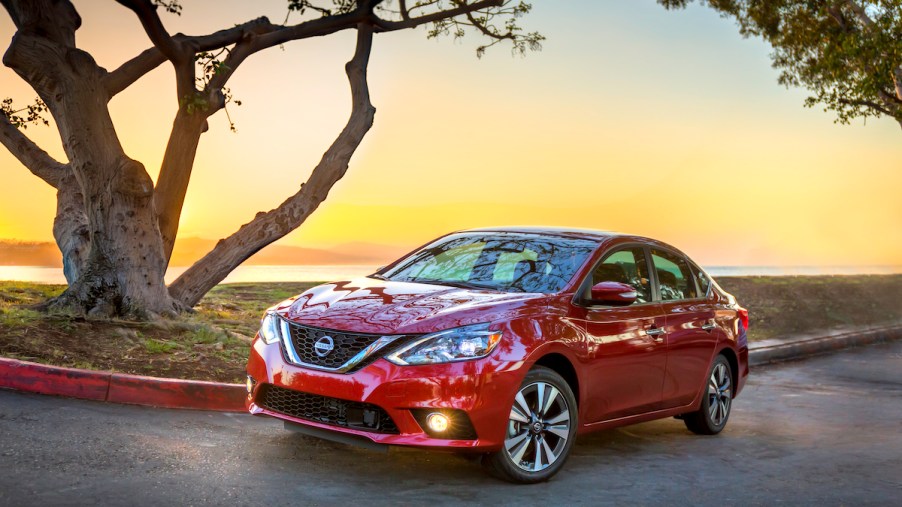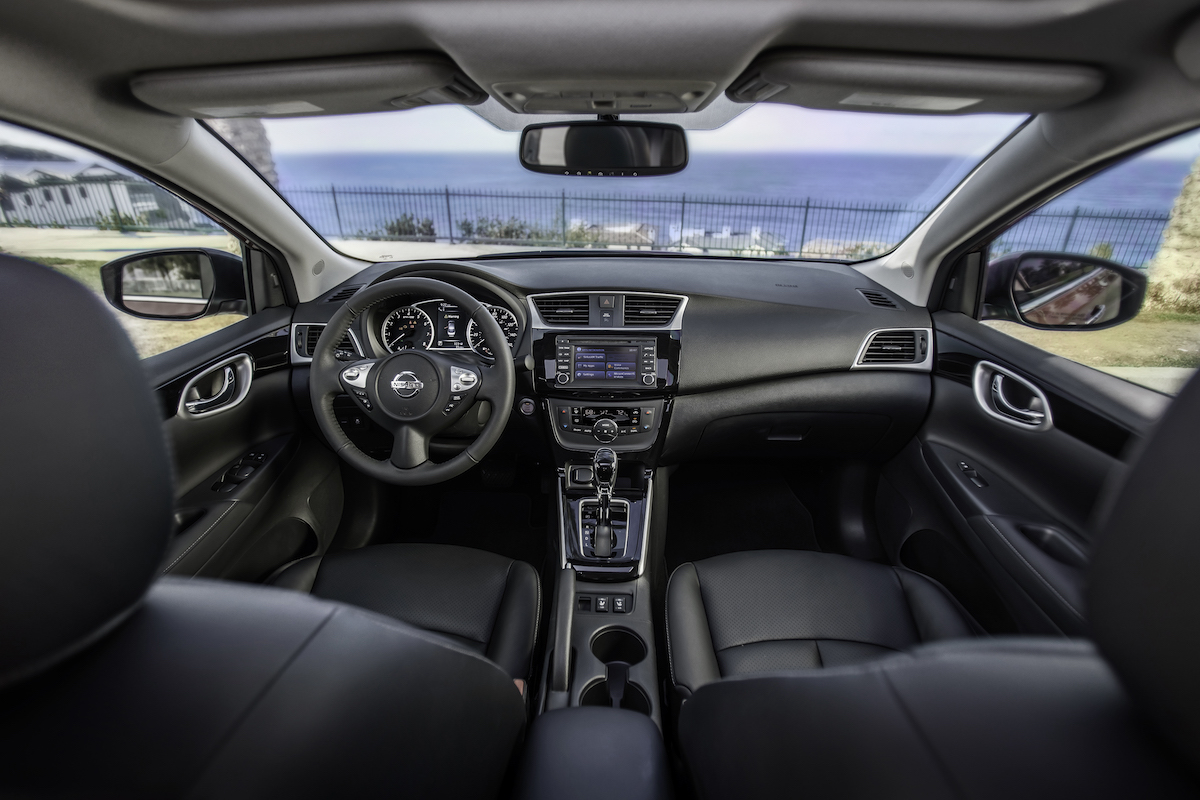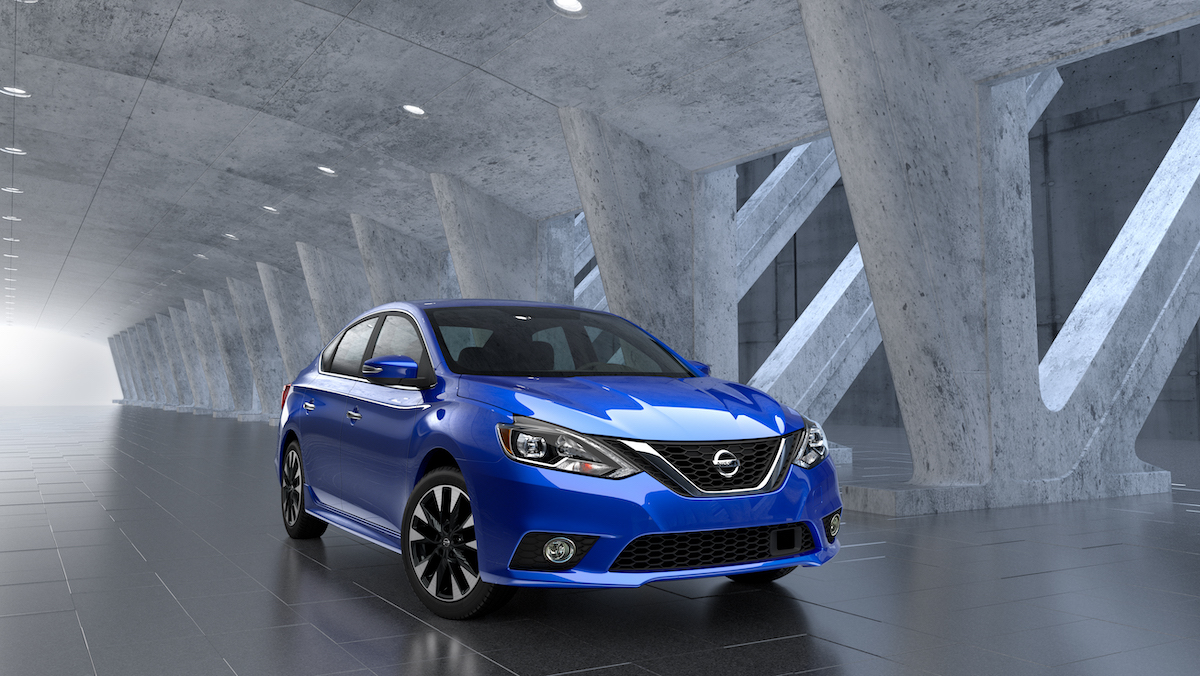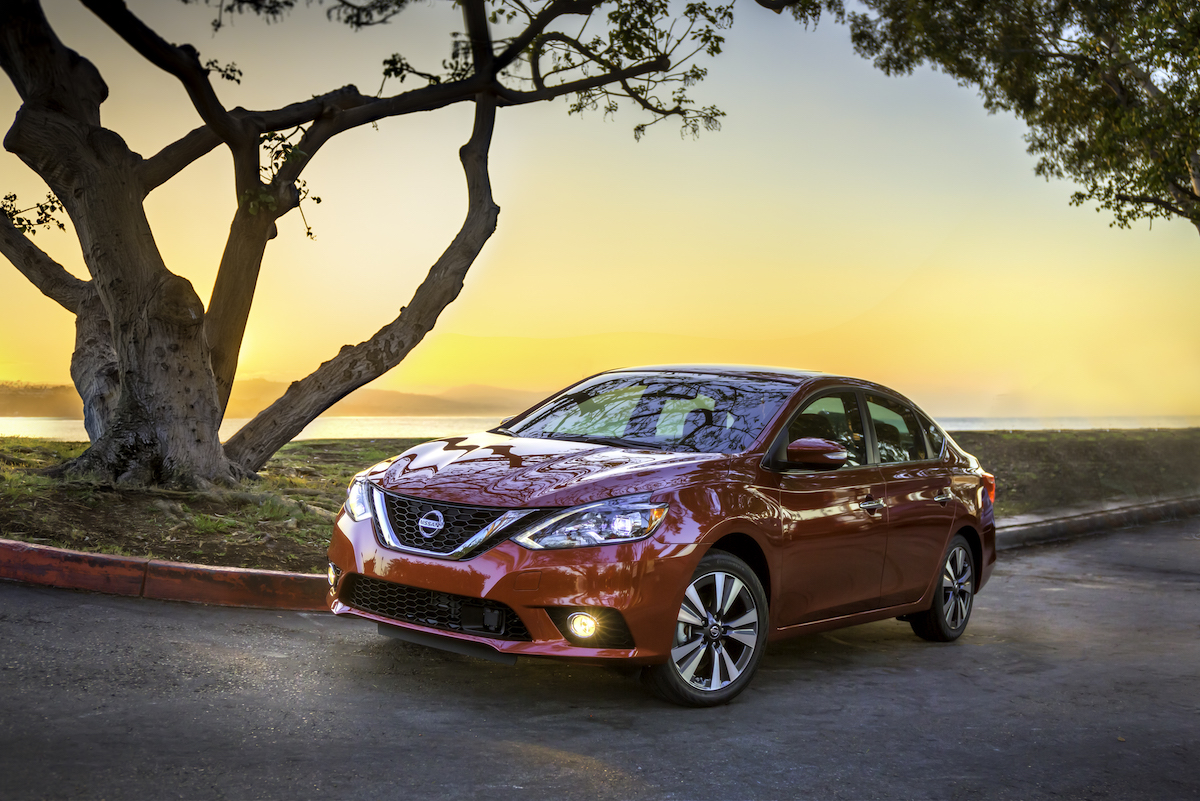
Is the 2016 Nissan Sentra a Good Car to Buy Used?
Nissan has built some solid cars over the years. The Sentra is one of the brand’s most popular, mainly due to its affordability. But this compact sedan hasn’t always been an excellent choice among used cars. Is a pre-owned 2016 Nissan Sentra a good car to consider? Let’s take a look.
What do you get with a used 2016 Nissan Sentra?

The 2016 Nissan Sentra offered five trim levels. The base-model S had 16-inch wheels, a sliding front armrest, remote keyless entry, cruise control, a CD player, a height-adjustable driver’s seat, and Bluetooth connectivity. The FE+S is a more fuel-efficient S model. It adds a rear spoiler, aerodynamic deflectors, and low-rolling-resistance–style tires.
The SV trim adds upgraded cloth upholstery, a rearview camera, a six-speaker stereo system, a leather-wrapped steering wheel, and keyless entry and ignition. Moving up to the Nissan Sentra SR brings 17-inch wheels, integrated turn signals in the mirrors, fog lights, sport cloth upholstery, a sport body kit, and heated front seats.
The highest 2016 Nissan Sentra trim level is the SL. This model adds rear disc brakes, leather upholstery, built-in navigation, dual-zone automatic climate control, an auto-dimming rearview mirror, a six-way power-adjustable driver’s seat, and blind-spot monitoring with rear cross-traffic alert.
Edmunds shows that $14,000 to $15,000 is a fair price for a used 2016 Nissan Sentra, depending on its condition.
Is a used 2016 Nissan Sentra a good car?

The 2016 Nissan Sentra was known for its slow acceleration, smaller display screen, and unsupportive front seats. According to U.S. News, this model has a 1.8-liter four-cylinder producing only 130 hp, limiting its passing ability on the highway. The base engine came with a manual transmission, but buyers could opt for a continuously variable transmission (CVT).
As for the infotainment system display, the 2016 model has two sizes, neither large enough to impress. One is a 5.0-inch screen, and the other is slightly larger — by 0.8 inches. However, seat comfort is at least average. The seat cushions are mostly supportive, but the back support isn’t anything to write home about.
The 2016 Nissan Sentra’s positives include its fuel economy ratings. The manual transmission model gets about 27 mpg in the city and 35 mpg on the highway. The CVT version offers 29 mpg/37 mpg city/highway, and the FE+S gets about 30 mpg on city roads and 38 mpg on highways.
Another outstanding feature of the 2016 Sentra is its cargo space and roomy interior for a compact car. As for headroom, it provides 39.4 inches in the front and 36.7 inches in the rear. Legroom for second-row passengers is 37.4 inches. For storage, there’s a generous 15.1 cubic feet of trunk space to carry groceries and other items needed for the day’s activities.
So, is the 2016 Nissan Sentra a good car to buy used? Overall, it’s a decent choice, especially considering the price. However, be aware of the safety issues and reliability problems (more on that below), and check that the model you’re considering has had its recalls fixed or at least factored into the purchase price.
How safe and reliable is the 2016 model?

As for safety ratings, the 2016 Nissan Sentra received an overall crash test score of four out of five stars from the National Highway Traffic Safety Administration (NHTSA). That less-than-perfect score was due to the frontal and rollover crash evaluations, which received four stars. However, according to the NHTSA, the car earned five stars on the side crash test.
Though the 2016 Sentra performed well in crash tests, it has seen several recalls. Many of the reported problems concern the car’s airbags. For example, the front passenger airbag might not deploy properly because of a manufacturing error with the deploying mechanism. Another recall involves a possible wiring harness disconnect in the airbag system, which could result in serious injury if the bag doesn’t deploy.
Then there’s a seat classification issue, where the car might automatically classify an adult rider as a child or register that no one is sitting in the seat, which would result in the airbag not deploying when necessary. That problem occurred with many Nissan models, not just the 2016 Sentra. The classification error also happened with a deformed seatbelt bracket, which could inadvertently classify an occupant improperly, turning off the airbag in the event of an accident.
The last two recalls deal with the failure of the brake lights to illuminate when needed. And the other is a large terminal pin in the engine room that could prevent proper connection with the engine control unit.
As for reliability, the Nissan Sentra saw quite a few problems with the CVT in 2005 and again from 2007 to 2017. Owners of those models complained about transmission fluid leaks, loss of power, lurching gearshifts, and shaking. Nissan responded with technical repairs to the CVT, but that wasn’t until after 2020.
Many owners have addressed those problems, but check to see if the vehicle you’re considering has had those issues fixed.
The 2016 Nissan Sentra is a decent car overall, but if you were one of the unlucky owners dealing with the transmission issues, you’d think differently. So if you’re looking to purchase a used Sentra, you’d be better off picking a model built after 2020. (And definitely avoid the 2014 model, reportedly the worst year for this compact car.)
However, if you can find a base-model 2016 Sentra with a manual transmission, it might be worth the money. Owners haven’t reported many headaches with that specific trim.


